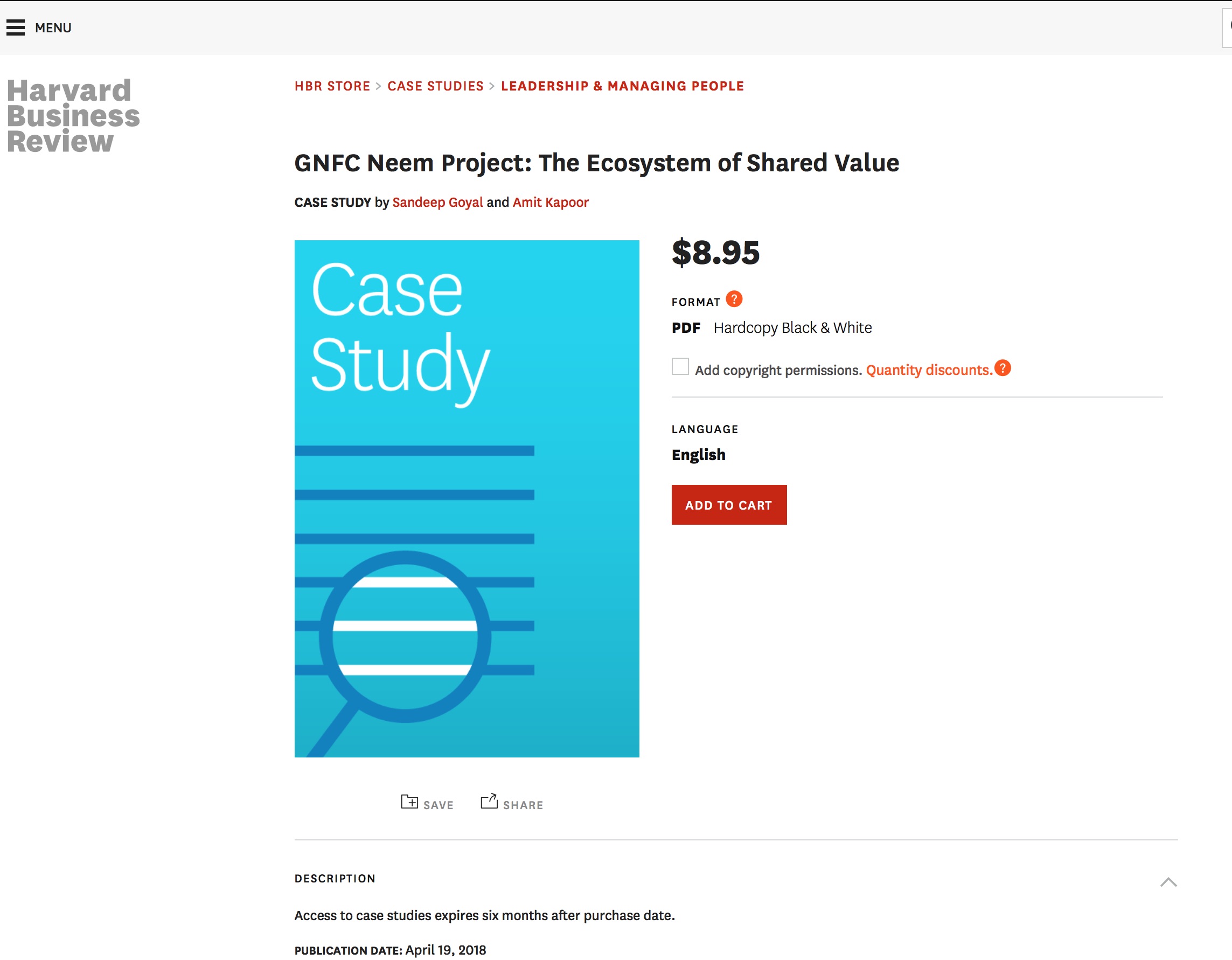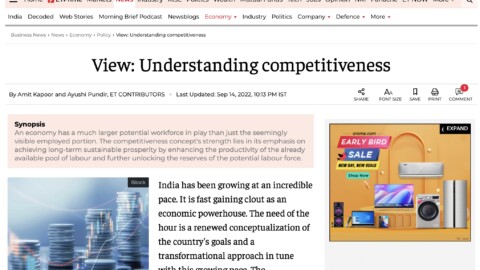There is an oft-repeated analogy that compares the size of certain Indian states with that of European nations. It is not just the size of India that stands out; the heterogeneity within this vast landscape is noteworthy. India has traversed an exciting trajectory, especially in the post-reform period. One of the many characteristic features of the economy is considerable variation in the growth performance both across as well as within Indian states. The economic growth rate across Indian states started diverging more from 1990 onwards. Over time, states with a higher per capita income in the peninsular region have significantly outdone states with lower incomes, such as Bihar and Uttar Pradesh. In the past decade, the GDP growth rate in southern states ranged between 5-6%, whereas most northern states remained at 2-3%. These spatial variations stem from a mix of underlying historical factors, different demographics, geographic conditions, and policy decisions. The Indian economy today is at a sweet spot. We are at the helm of an economic boom while the rest of the global economy is shrinking. In crafting the way ahead for India to emerge victorious from this dichotomy, leveraging our spatial heterogeneity to our advantage is essential. There are important questions that need to be raised – What are these patterns of convergence and divergence across the country? How can India overcome the challenge of evenly sharing prosperity? What is the role of technology and governance in reducing spatial disparities?
Convergence and divergence patterns across the Indian economy have been studied extensively. An analysis of data from the past decade reveals that disparities in per capita income have been on the rise. For instance, among the major Southern states, Karnataka registered a remarkable 7.07% growth rate between 2010-2020 and continues to grow promptly. The average growth rate of Southern states falls around 6.31. A similar analysis of major Northern states shows wide-ranging disparities. Barring Haryana, the best-performing state in terms of GDP growth rate is Punjab at 4.15% and the average growth rate of major northern states over the past decade is around 4.5%. According to RBI data, in terms of GDP per capita, Goa is 9.6 times more prosperous than Bihar. In a similar vein, Maharashtra’s per capita net state domestic product in 2021-22 stands at Rs. 138490 and Uttar Pradesh’s at Rs.43,420.
These differences are further pronounced at the district level. Districts within a certain state vary in terms of their contribution to the state’s GDP. To illustrate, in Maharashtra, four districts—Mumbai, Thane, Pune, and Nashik— collectively account for over 50 percent of the state’s GSDP. Notably, Mumbai alone (including Suburban) directly contributes about 20 percent to this total. In contrast, in Uttar Pradesh, Gautam Buddha Nagar holds the highest share, representing 8.91 percent of the state’s GSDP, while the remaining 65 districts collectively contribute less than 4 percent. These district level differences extend to a number of parameters. For example, the district with the highest prosperity boasts an average wage 18 times greater than the least prosperous district. Looking through the lens of export competitiveness, among the 680 exporting districts, the top hundred districts contribute approximately 87 percent of India’s total exports. Notably, within these hundred districts, exporting hubs are concentrated in the top-performing states. Furthermore, heterogeneity within states also reflects on a range of social dimensions. If we consider access to water and functional tap conncetions at the district level, out of 680 districts, all households in 105 districts have functional tap water connections. On the other hand, 339 districts have less than 50 per cent of households having functional tap water supply.
Even at a sectoral level, spatial differences come across stark. In Manufacturing, the Southern states continue to outperform their northern counterparts by a difference of 2 per cent. The difference is exacerbated as capital and investments tend to congregate in these regions with an edge, leaving several dark areas in the economy. Labour mobilisation patterns are also affected by differential growth rates wherein migration from regions with labour surpluses to regions with higher productivity is now common. Such disparities are seen in various indicators, along with the ones mentioned above, including industrial development, infrastructure, employment opportunities, and per capita income. This heterogeneity is both a challenge and an opportunity. Uniqueness of particular regions can be leveraged by formulating effective strategies and policies that address the unique needs and challenges faced by different regions.
As India moves forward in the age of competitive federalism, states have a pivotal role to play as drivers of development and to facilitate their active participation; national policies should take cognisance of the spatial disparities and address development in all its dimensions across the country. Development is no longer about economic growth, and India has been at the forefront of achieving sustainable development in the economic, social and environmental dimensions. The good news is that social indicators, including health, gender equality and education, are converging faster than economic aspects, but there is still a barrier to translating the convergence in social indicators to broader economic development and vice-versa. Any analysis of the Indian economy is incomplete without touching upon its demographic dividend. Investments in quality education and skilling can go a long way in improving productivity outcomes and creating a pool of skilled workers. India is at its prime to engage the youth to reap maximum benefits from the demographic dividend before the population ages. Our economy is once again at a critical juncture. With the right mix of policy and economic measures, India can overcome the regional disparities in development, which poses a challenge to the economy and equitable development across the country.
(Amit Kapoor is chair, Institute for Competitiveness and lecturer, USATMC, Stanford University. @kautiliya).
The article was published with Financial Express on December 22, 2023.
























